
Andie Ang has been in love with primates ever since she was a child. That passion saw her switch from studying engineering to biology at the last minute and set her on the path to become one of Southeast Asia’s leading conservation figures.
Ang’s research has taken her from the forests of Vietnam to the jungles of Malaysia, where she has observed critically endangered species such as the Tonkin snub-nosed monkeys and the Raffles’ banded langur in their natural habitats.
Ang became the president of the Jane Goodall Institute’s Singapore branch in 2018 and continues to lead the society in its aims of helping conserve Singapore’s primate population, while educating the country’s humans on how best to get along with their monkey cousins. Her efforts were recognised with the Conservationist Award by the American Society of Primatologists in 2019.
Ang took time out of her schedule to explain how monkeys and humans can live alongside each other and why she dreams of travelling to the African island of Madagascar.
What are some of the challenges facing primates in Singapore?
With rapid urbanisation in land-scarce Singapore, as with other developing cities, humans and long-tailed macaques are now living closer together, giving rise to more opportunities for interactions, which can have detrimental effects on wildlife behaviour. Without knowledge on appropriate human behaviour around macaques, human-macaque conflicts have risen sharply. One of the main reasons for this is people giving food to macaques, causing these animals to associate humans with food. This feeding also draws wild animals out from their forest homes and closer to roads as they wait for food, which means they run the risk of becoming roadkill.
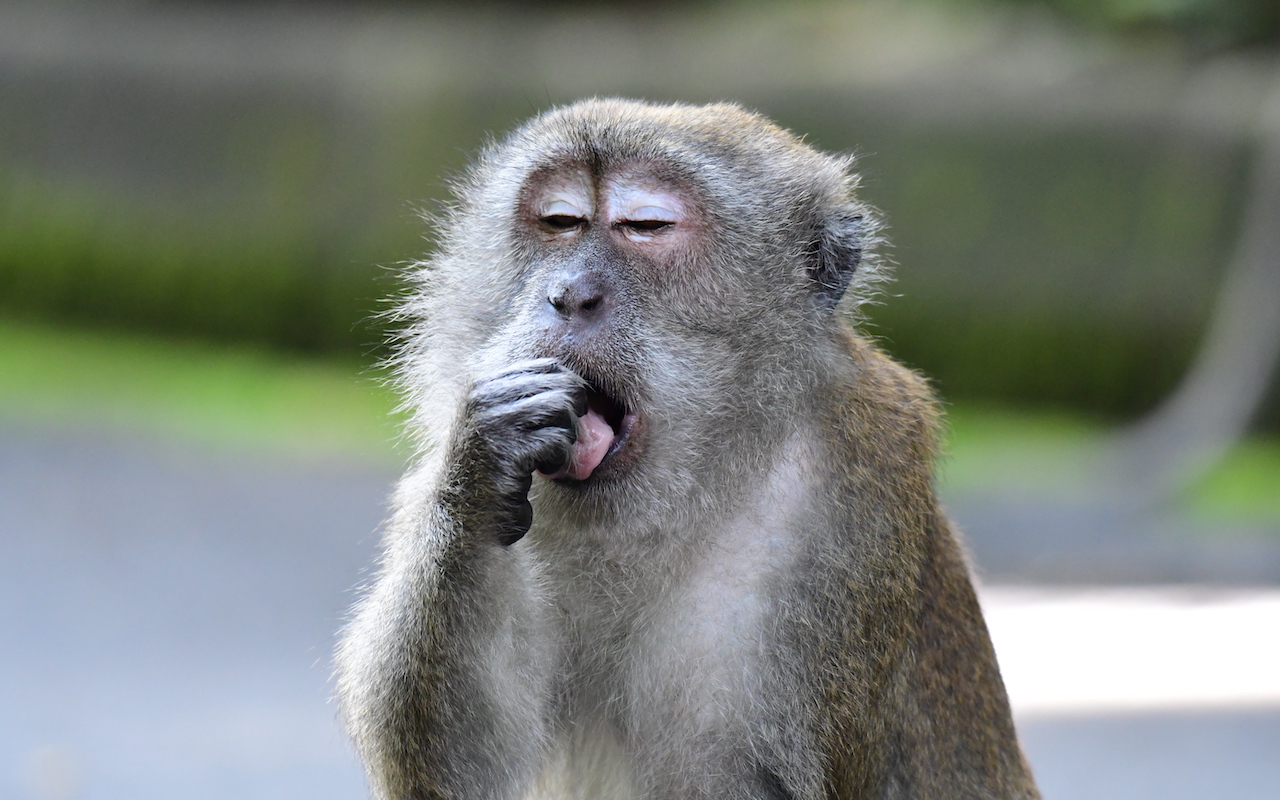
What misconceptions do people have about Singapore’s primate populations?
Complaints of macaques going into residences to look for food are common among those living near nature reserves. These stories get into the papers or social media, and fuel the misconceptions that monkeys are always aggressive or “naughty”. However, most of the time, macaques in their natural habitat are minding their own business, feeding on natural food resources, playing with and grooming each other – not attacking people. Unfortunately, this typical behaviour does not get reported in mainstream media.
What more can be done to protect Singapore’s primate population?
Collectively, we need to learn to appreciate our local biodiversity and the roles it plays in the ecosystem and forest regeneration. We also need to find ways to live in harmony with wildlife. After all, the air that we breathe, the water that we drink, the food that we eat and the climate that we live in all come from nature.
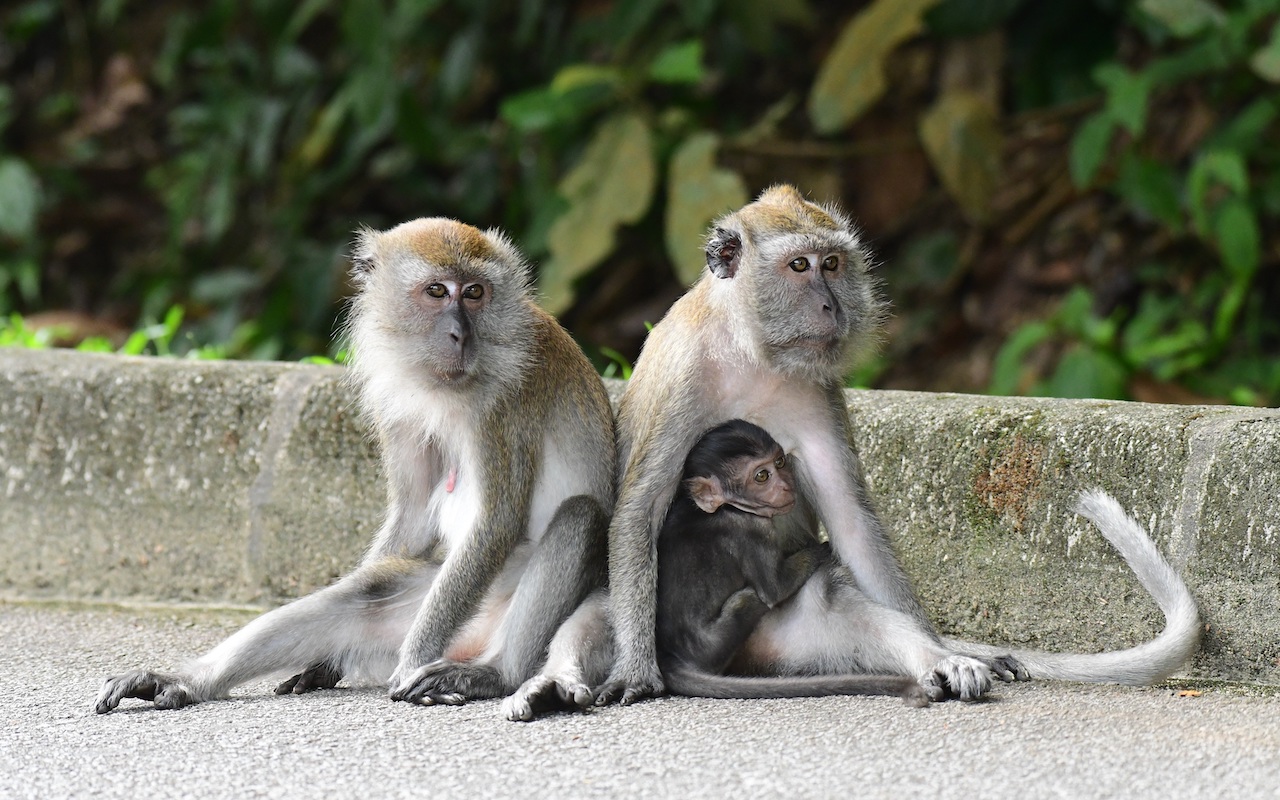
Tell us about the aims of the Jane Goodall Institute here in Singapore.
The Jane Goodall Institute (Singapore) aims to promote sustainable living in harmony with animals and nature. In our Roots and Shoots programme, we work with schools to develop student-led projects that address issues relating to the communities, environment and wildlife. In our Primates programme, we offer our flagship Monkey Walks three times a month on Saturdays for free, as part of our commitment to show how we can live in harmony with our local macaques.
We also train volunteers to become JGIS Monkey Guards who help educate the public on appropriate behaviour when encountering monkeys. These Monkey Guards also deter monkeys from entering residences by guiding them back into the forests. Lastly, we organise a regular lecture series where we invite wildlife researchers and conservationists from around the world to speak on their work and explain how we can all contribute positively to our environment.
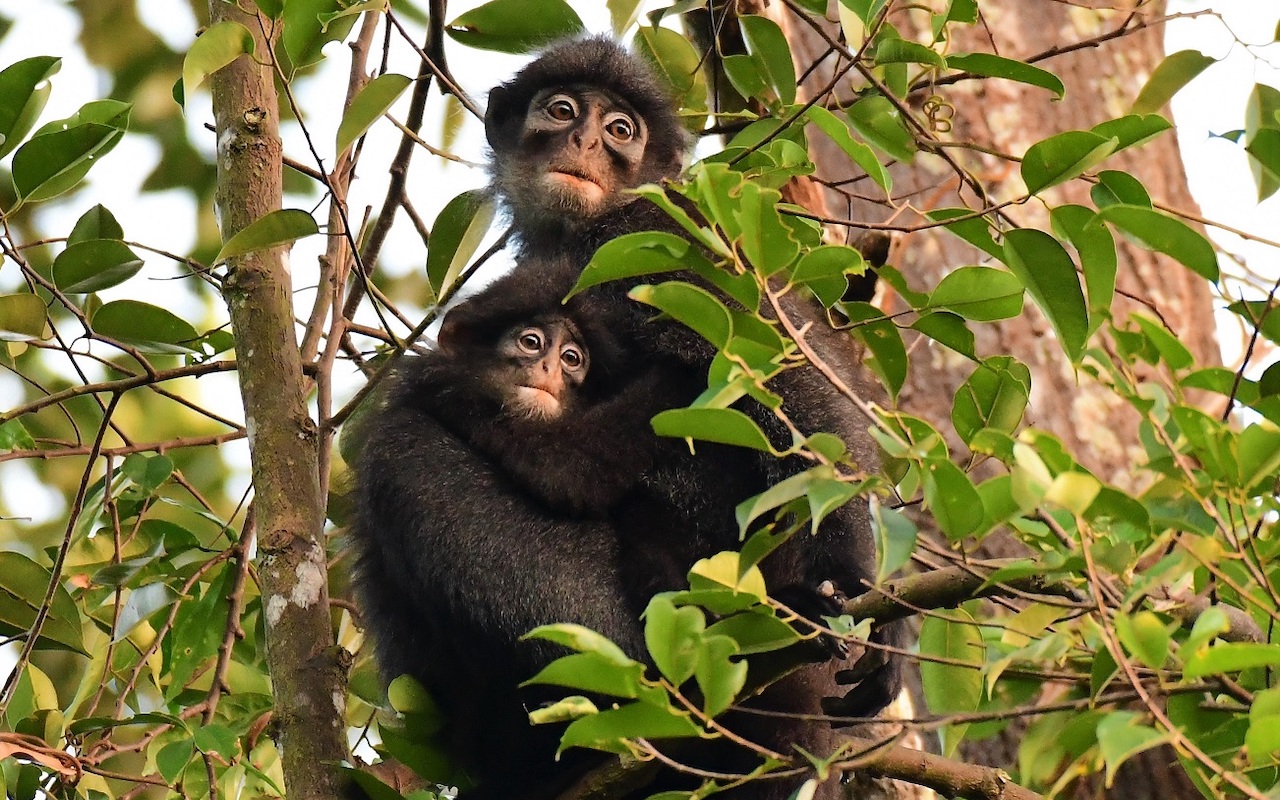
What are some of the key projects you personally are working on?
In my full-time job, I am a research scientist with the Wildlife Reserves Singapore Conservation Fund and the Chairperson of the Raffles’ Banded Langur Working Group. This group was set up in 2016 to study and conserve the critically endangered Raffles’ banded langurs in Singapore and Malaysia. Once thriving in Singapore, these highly threatened primates are down to just 60 individuals left in the wild. Across the Causeway, there are an estimated 250 to 300 langurs left in the Malaysian states of Johor and Pahang. Until the recent travel restrictions, I conducted field research in the Malaysian forests every month.
How about elsewhere in the region?
I am also facilitating relocation efforts for other primate species like the endangered Indochinese silvered langurs in Vietnam, in a project funded by the National Geographic Society. With construction companies driving demand, developers are mining limestone caves and hills where these langurs live, all but pushing them out into the open sea and roads. Since 2014, I have been working with Vietnamese authorities and agencies to negotiate with the mining companies to plant mangrove trees and build rope bridges that act as artificial crossings for the monkeys to allow them to move to other protected areas of Vietnam.
My lifelong goal is to watch primates in the wild around the world and to share the knowledge gleaned from those trips through my website.
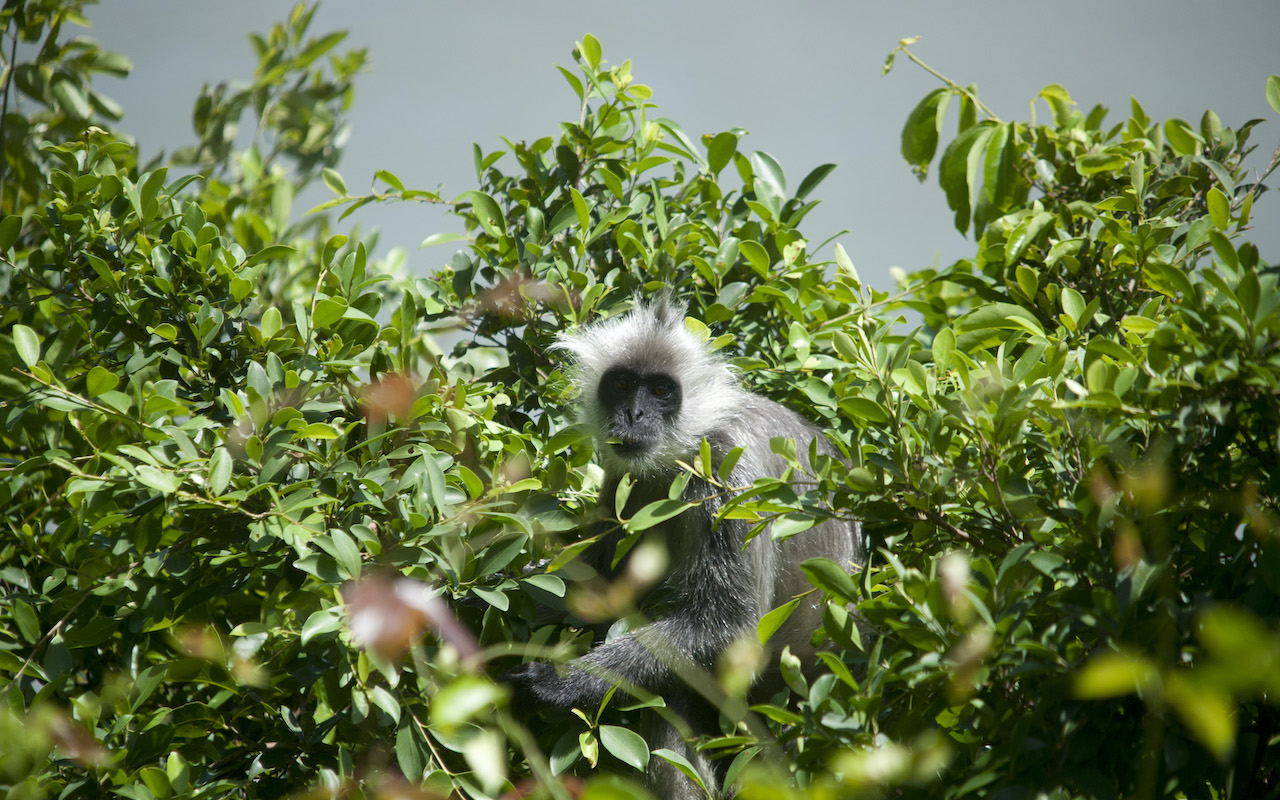
How can the public help?
We are a charity organisation that depends on volunteers to further develop our current programmes and build new activities. We would like to plant more trees, advocate for the protection of forests and change the negative perception of our urban wildlife. We will also soon be recruiting volunteers to become citizen scientists for our No Feeding Campaign. Alternatively, people can help us with donations, sponsorships and partnerships, which we rely on to continue running these activities.
If you could live anywhere else in the world, where would it be?
It would still be Singapore. It’s home, and it makes a great base for me to continue my ongoing research around the region. It’s also safe from natural disasters, such as typhoons and flooding, which I have experienced while doing research in Vietnam. Singapore is an excellent hub for me to travel for research if necessary, but within Singapore there’s still much to learn about our local primate population. I would like to continue to contribute to research and conservation efforts for the primate populations in Singapore and the region.
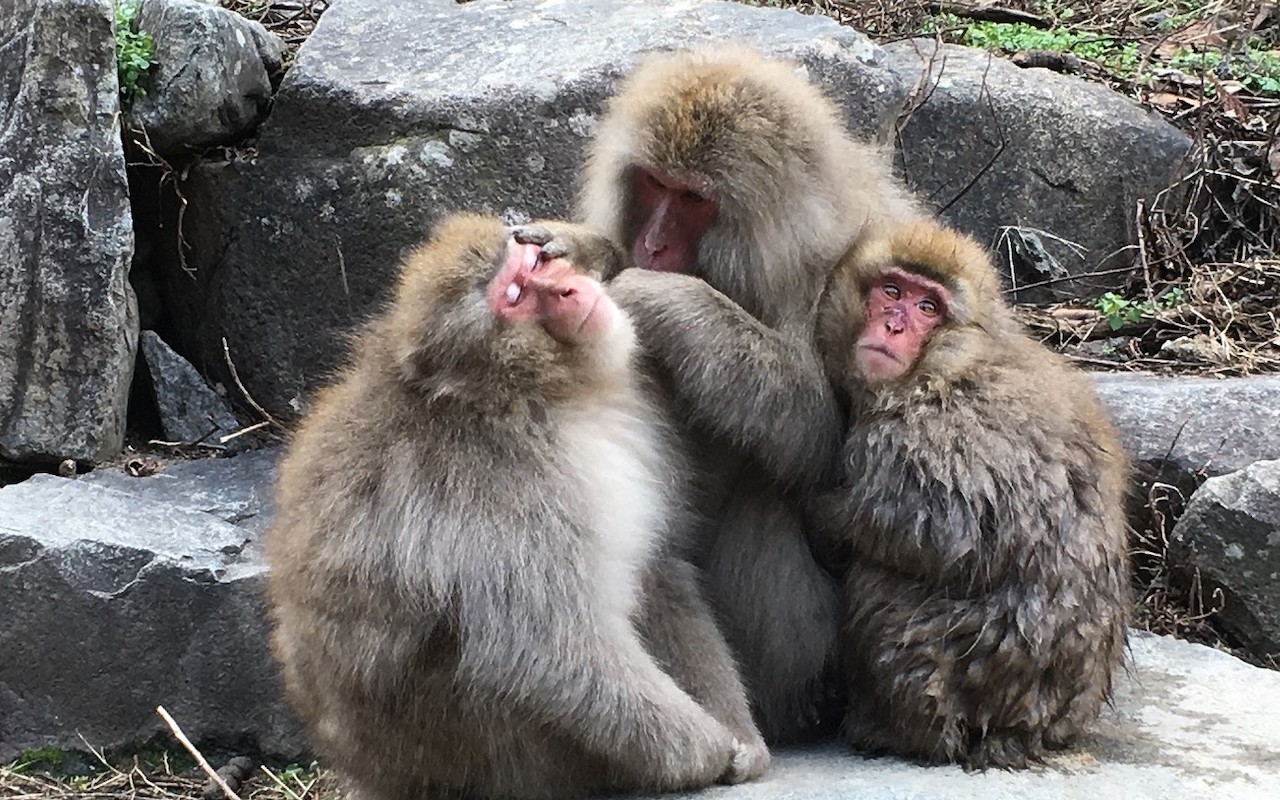
Where do you like to regularly revisit?
I have been to the Jigokudani Monkey Park in Nagano, Japan twice and would love to go back again. It’s the only place in the world where you can see primates experiencing a real Japanese onsen, surrounded by snow. The macaques, which are indigenous to Japan, are just incredibly fluffy and cute. Plus, I love the atmosphere there. It’s a very respectful experience: Wardens are on hand to ensure you observe the monkeys from a safe distance, which allows them to continue to behave naturally. It’s a great example of how wildlife watching should be conducted.
Where’s the most remote destination you’ve visited?
It would be the Khau Ca forest in northern Vietnam where I was studying the globally critically endangered Tonkin snub-nosed monkeys. After landing in Hanoi, I took an overnight bus to Ha Giang Province, followed by a two-hour motorbike journey to the district closest to the mountain. After picking up a month’s worth of supplies, my team and I spent another hour on the motorbikes, disembarked at the village and rested for the night. The next day, we biked for an hour, walked for another hour to the foot of the mountain, crossed a rapid stream and trekked for five hours to reach the base camp.
What has been your most life-changing moment travelling?
There weren’t specific life-changing moments for me while travelling, but all these experiences along the way taught me many lessons: being conscious of your surroundings, especially when you are travelling alone, being sensitive and open-minded about different cultures and perspectives, being unfazed by unexpected circumstances and trying to resolve them.
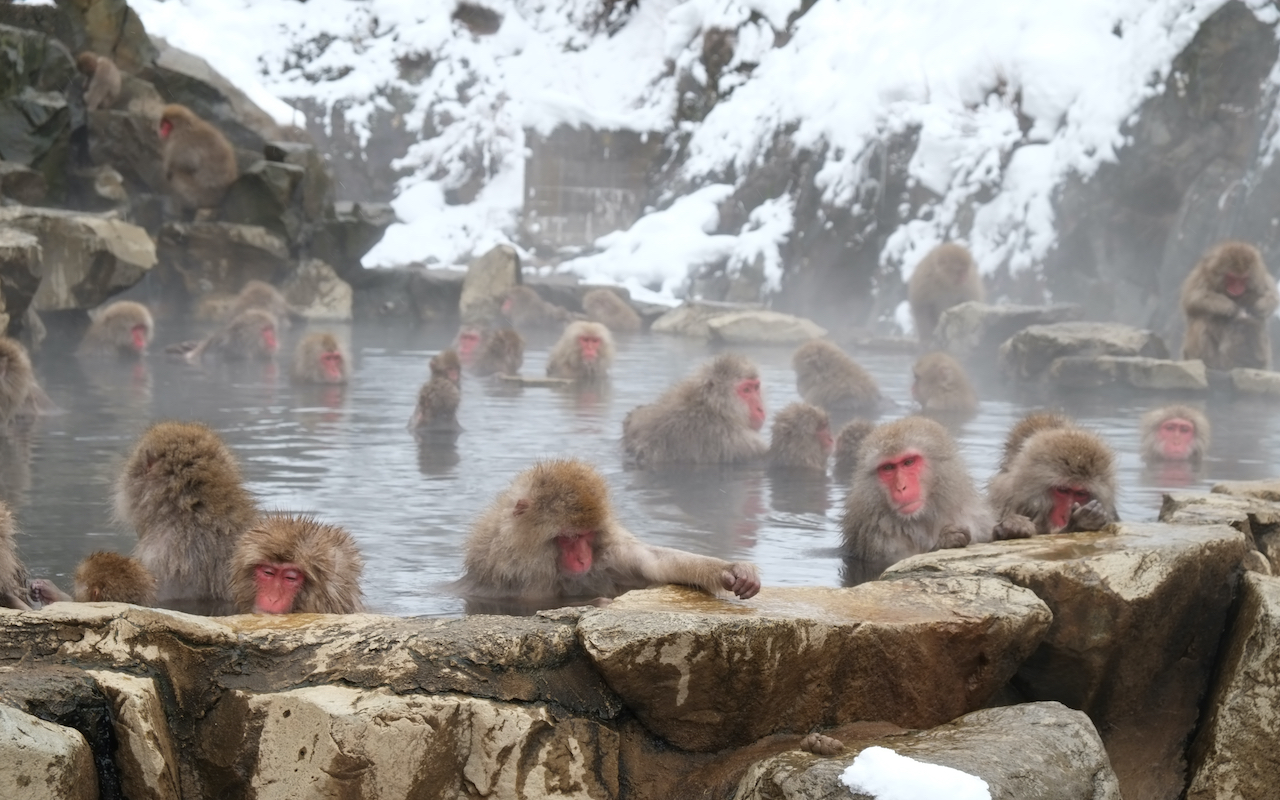
Describe the best view you’ve ever witnessed.
It’s really tough to pick one best view – and I am grateful for that. Monteverde Cloud Forest in Costa Rica, sunrise over Jade Mountain in Taiwan, sunset over Ruhengeri in northern Rwanda… but if I had to pick, it would probably be the sight of a dozen snow monkeys submerged up to their flushed cheeks in the hot spring onsen surrounded by frosty white snow in Jigokudani in Nagano, Japan.
How do you think travel has changed you?
It has widened my horizons and broadened my perspectives. I am more appreciative of what I have, what I can do. It has also made me appreciate Singapore as my home.
Where do you dream of travelling to next?
I dream of travelling to Madagascar to do primate-watching. The island is home to over 100 species of lemurs, and they are only found in Madagascar.
What are your top tips to survive jet lag?
Just keep sleeping!
SEE ALSO: Travel Pro: Scaling new heights with Khoo Swee Chiow
The post Travel Pro: Conserving wildlife with Andie Ang appeared first on SilverKris.
from SilverKris
No comments:
Post a Comment